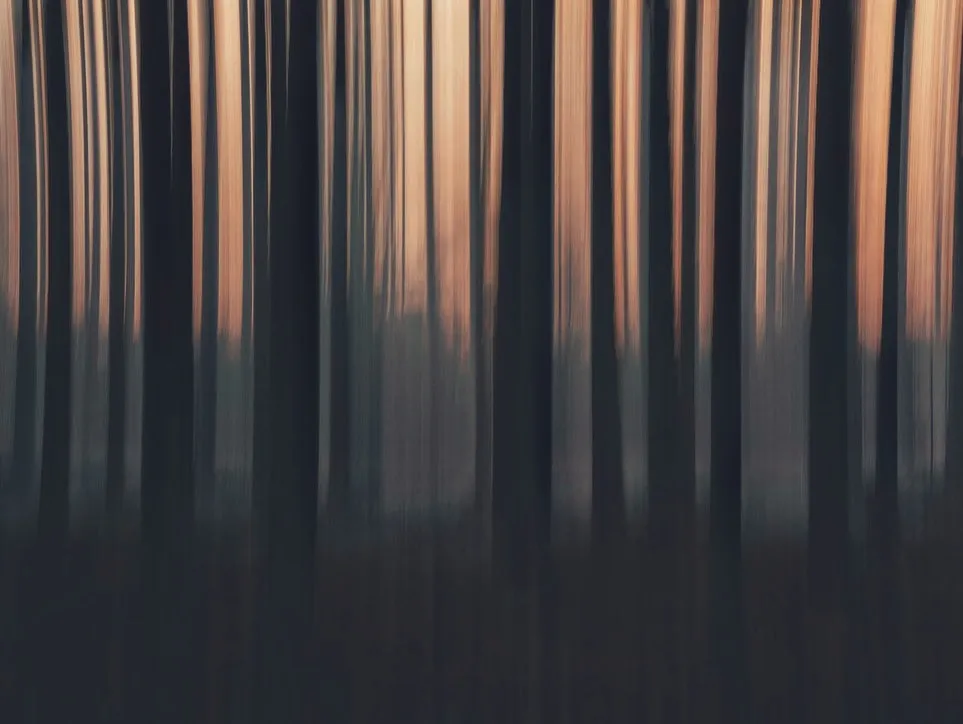I saw from the @qurator a very interesting contest in photography, where you need to take a photo in the style of ICM. Honestly, I have never heard of this genre before, although I worked on a site on phototherapy and wrote articles on completely different topics.
I decided to study this topic and create my own photos in a similar style. And in order to make this post useful for other users, I decided to write a little guide on this topic.

First of all, I want to tell you that this is a great creative exercise to help you understand how shutter speed works, but ultimately, it's also an amazing method that, when used correctly, can lead to beautiful and artistic images.
Necessary equipment
Before moving on to the technical aspects of the exercise, let's take a quick look at the equipment you'll need.
- Camera with the ability to manually set the shutter speed and basic settings.
- Medium or telephoto.
- Tripod.
- Neutral density filter or polarizing filter to increase shutter speed.
For this method to work, you must have a camera that allows you to manually adjust the shutter speed. Fortunately, most modern cameras have this capability (be it DSLRs, compacts, or smartphones).
Personally, I used my smartphone and tripod. In order to be able to increase the exposure time, you can download special applications to your smartphone. In fact, that's exactly what I did.
A tripod is not essential for this technique (since we introduce intentional camera movement), but it is easier for many to control movement when the camera is mounted on it. This allows you to make straight lines in such photographs, which, for example, is useful when shooting trees, buildings and various geometric shapes.

But ICM is about creativity, so you can move the camera not only vertically or horizontally, but in general, in any way you like!
Whether or not you need a filter depends on the ambient light. You probably won't need a filter if you're photographing in a dense forest or the light is getting darker, but if you're photographing in broad daylight, they're essential to getting a slower shutter speed.
Some shooting rules
You can start by practising in your living room using the exercise to learn how shutter speed works. Once you understand the technique and are ready to use it, your best bet is to look for a scene with decent contrast, such as a forest. For best results, fill the entire frame and avoid including the sky or foreground.
So, for starters, I advise you to start with a shutter speed of 0.5 seconds. This will allow you to practice and understand what scenes are best to shoot and what you like best. Stay focused and get ready to move your camera or smartphone.

Tilt the camera forward quickly while pressing the shutter button. However, make sure you do it really fast, as the shutter speed is only 0.5 seconds! Try tilting the camera faster and slower, or add some lateral movement; your creativity is the only limitation at this stage! And repeat all this until you get a photo that you like.
Further, you can increase the shutter speed in order to achieve a more artistic result. With a fast shutter speed, you will only have extra lines, while with a slow shutter speed your photo will be more abstract, softer and more like an oil painting.
SURVEY
I did not plan to make this post a mini-lesson on this genre of photography. Therefore, I do not have a large number of examples on the ICM. But, if you are interested in learning how to shoot in one style or another, as well as learning various photo editing tricks, I am ready to periodically release tutorials in this direction from the @hiveuageek page.
I have two questions.
First to the admins, won't such content violate the community rules?
@hive-194913
@derangedvisions
@badge-696969
@crazy-andy
@castleberry
@acidyo
The second question is for the readers themselves, is it interesting?